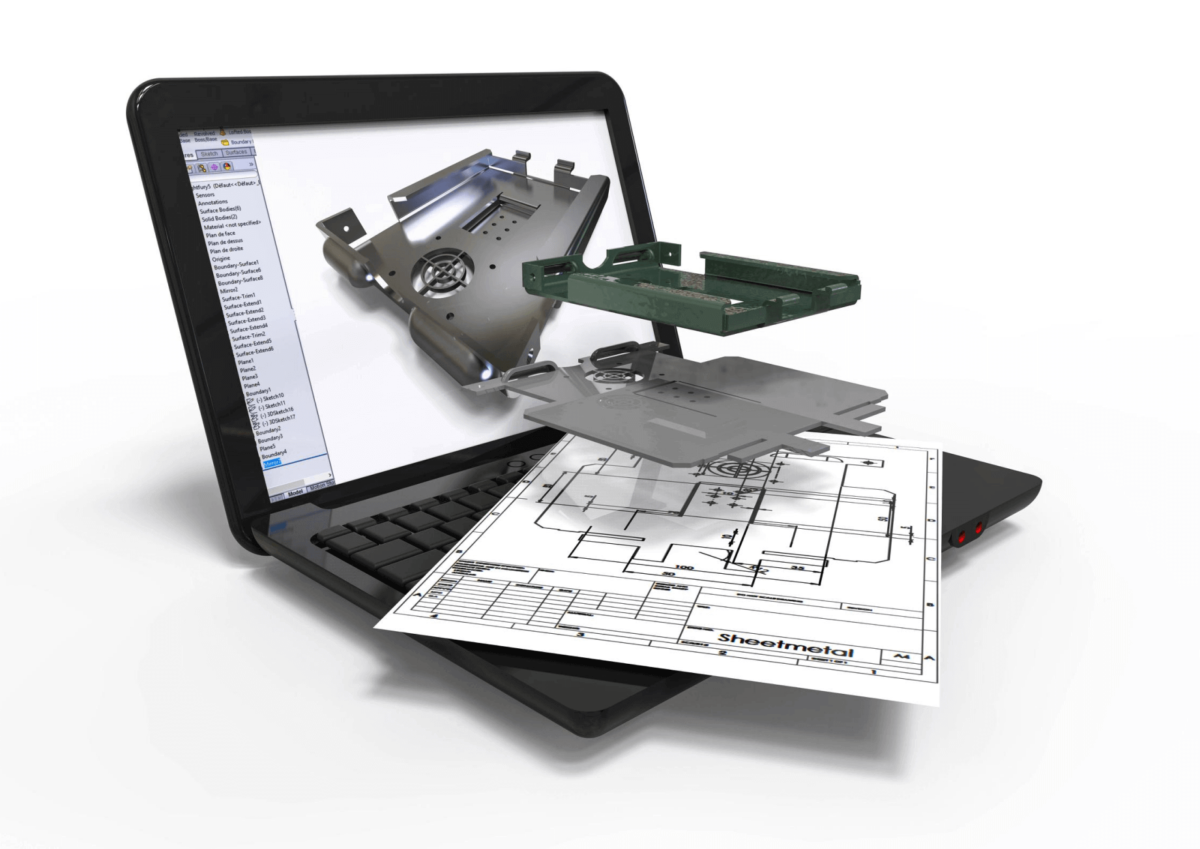A living hinge is a flexible and thin material used to connect different plastic connections. The living hinge helps close and open material by folding and straightening. You can straighten and bend your products a lot of time without losing the product’s strength. Living Hinges, in product manufacturing, are used in manufacturing the products that need to be close and open. Living hinges are unique among all types of hinges. The designs of the living hinges are mostly in the form of flexible plastics. It is commonly used in makeup products, clamshell packaging, caps of bottles, Custom cnc machining, and many more products.
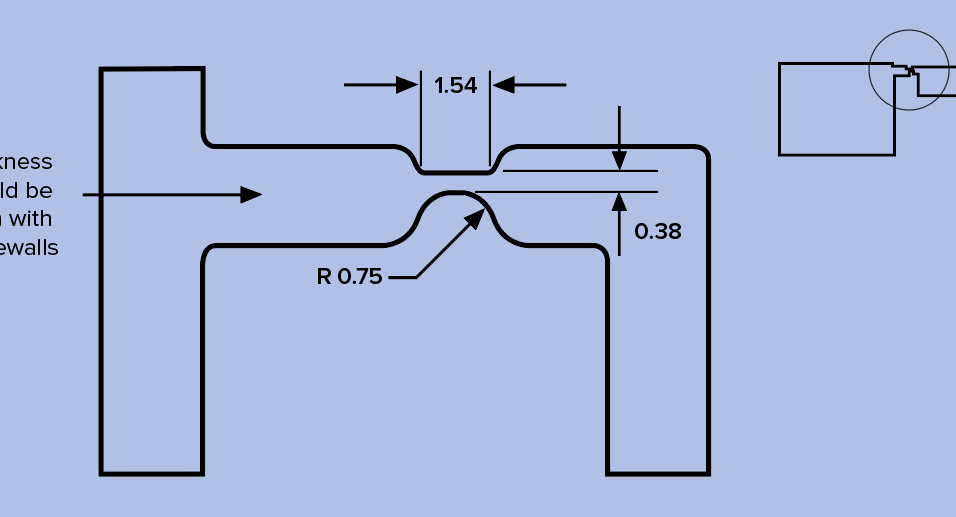
The living hinge designs are unique compared to the other hinges because the living hinges are time-saving as the living hinge can incorporate into the components or sections of the products. Moreover, they are found at much cheaper rates. The living hinges can be used for a longer time because they are made of plastic material, and there is no risk of any environmental reaction and rust. The living hinges come in different designs. The different living hinge designs include:
- Flat hinges
- Double hinges
- Butterfly hinges
- Bi-stable hinges
This article has detailed information on designing living hinges in product manufacturing.
Methods of Designing Living Hinges in Product Manufacturing
Different methods are used for designing different types of living hinges. Following methods are commonly used in designing the living hinges.
● 1-3D Printing Method
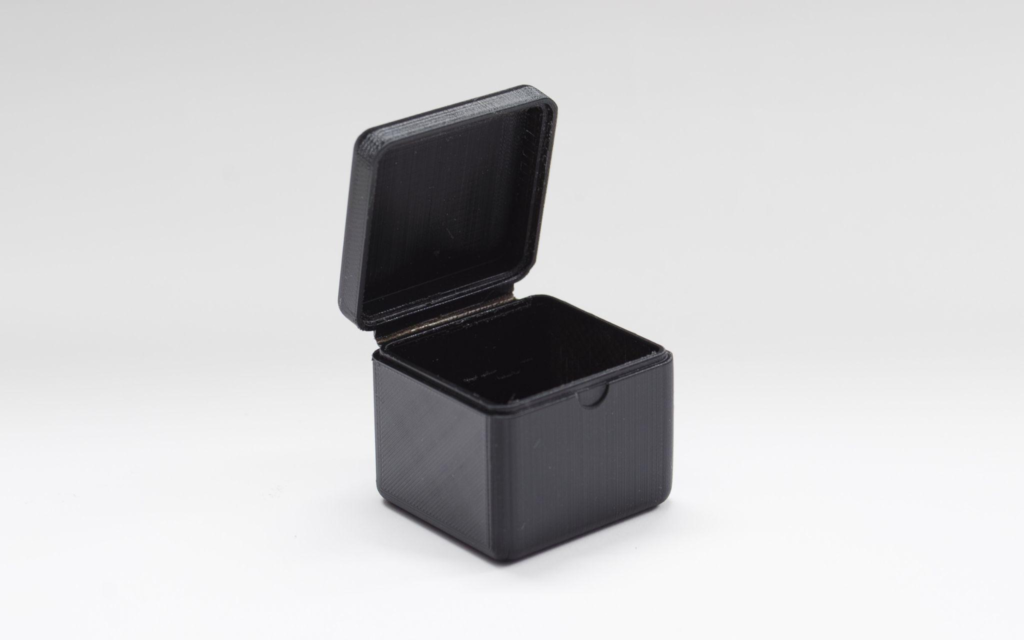
3D Printing is the most cost-effective and quickest method to design living hinges. This cost-effectiveness is due to the reason that the 3D Printing method is an automated process.
● Material option
3D Printed living hinges are mostly made of Nylon, a plastic material. Mostly plastic material with great elasticity and elongation is chosen for this method. The durability of the 3D Printed hinges varies according to the type of plastic used. Commonly, the 3D Printed hinges break when they are bent again and again. It means they are brittle and can easily break. You can also use a combination of Rubber-like and VeroWhite for making hinges by this method.
● Tips of Designing
Following are the tips for designing the living hinges by 3D Printed method.
● Orientation
The parts’ orientation is very important when producing the 3D printed hinges because it provides maximum strength. The hinge width is always at a right angle to the build plane for a best-strength hinge.
● Thickness
The thickness of the material should be around 0.6mm while creating 3D Printed living hinges. Moree hinge’s thickness ensures the durability of the living hinges because it makes them less flexible.
Injection Molding Method
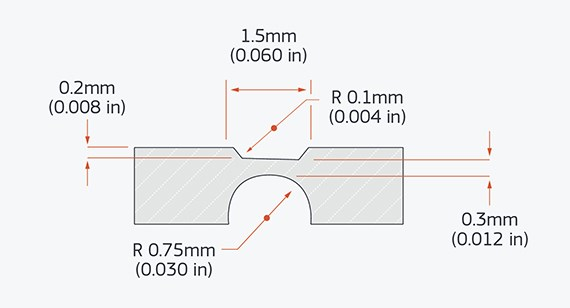
Injection Molding is the most common and strongest method for creating living hinges. Moreover, it is also considered the cheapest and fastest method. This method ensures the creation of the best living hinges.
Material options
Polypropylene is considered the perfect material choice for creating living hinges using the Injection Molding method. A second material that can use is polyethylene. The properties of polyethylene are similar to polypropylene.
Tips for designing
The followings are the tips for designing the living hinges by the Injection Molding method.
● Flex Hinges
Multiple flexing of hinges is very important after molding. Flexing the hinges helps the hinges to cold-draw. It helps in improving the bendability of the living hinge.
● Maintain Uniform Wall Thickness
The living hinges may break if the thickness of the wall is not uniform. This weakness may be due to the difference in the plastic parts cooling. If the wall is non-uniform, it may cause breakage, wrapping, or stresses due to variable contraction rates during cooling. Thus, maintaining a uniform wall thickness is important for creating living hinges by the Injection Molding method.
Urethane Casting Method
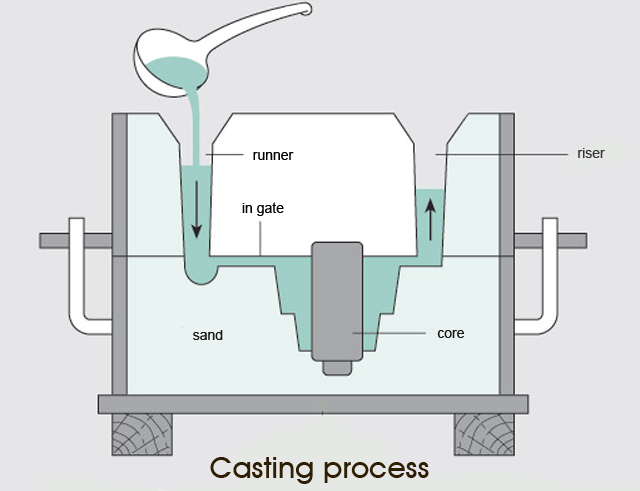
Urethane casting is not considered a common method in product manufacturing. The main reason behind this is the less durability of the products produced by this method. It means that the living hinges produced by the Urethane casting methods have less durability and can break easily. The Urethane Casting method is best for producing the prototypes before their production. It involves creating prototypes with a poor performance against wear and tear by casting rubber mold with urethane resigns having low durometer. In case you want to bridge the gap between the production and prototype, then the Urethane Casting method is a great opinion.
Material option
Urethane resins come in large numbers and vary in their properties. Different manufacturers in different states and countries have different resins. Most resins have properties similar to polypropylene which is considered the best option for the living hinges. Other materials suitable for the urethane casting method are:
- BCC plastics
- BC8160 resins
- Hapflex 600 series
Tips for design
● Reduced pressure
While casting the polyurethane in the urethane casing method, there is low flow pressure compared to flow pressure in injection molding. There will be less flow of resins due to the reduced pressure. Thus it results in producing reliable parts without making the resins thin.
● Thickness
The thickness in the Urethane Casting method should be slightly larger than the thickness in the Injection Molding design. Similarly, it would be best to choose a urethane with a low range of Shore D.
The resins with a high durometer give a limited life to resins but retain the rigidity of parts or components. At the same time, the resins with low durometers provide hinges with soft and flexible parts.
CNC Machining Method
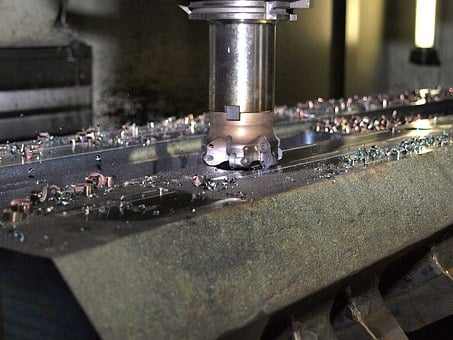
The computer Numerical Control or CNC machining method is a method that is used to produce metal designs. But now, this method is also used to design the living hinges. The living hinge designs produced by the CNC machining method are much more durable than the Urethane Casting method.
Practices for Making Living Hinge Designs
While designing a living hinge, prototyping is compulsory because it produces the best living hinges designs. Some important practices while designing the living hinges are as follow:
1- Choice of the Material
Choosing the best material is important for designing a perfect durable living hinge. The material used in the living hinge greatly affects its efficiency. In other words, you can say the living hinge efficiency is dependent on the material used in it. Thus in the thin areas of the molds, the resins used must flow freely. Moreover, when flexing after cooling, it must not show stress cracks.
2- Hinge design should be flexible and thin
While designing the living hinges, you must keep in mind that the living hinges should be thin and flexible. They should not be rigid and thick, which reduces their reliability. The living hinges, which are thick, may give it a stronger look, but in reality, they can break easily. This break is because they are not flexible and break easily when a little force is applied. So, the living hinge design should be flexible and thinner to avoid breakage and ensure its durability.
3- Living Hinges should not be longer
The length of living hinges is an important factor in designing the living hinges. The maximum length for the living hinges should be 6 inches. Its means that the living hinges should not be longer than 6 inches. The longer length can cause the breakage of the living hinges. Longer the length of the living hinge means a higher risk of breakage. Thus if a living hinge has a longer length, you should break it into smaller parts. Breaking the longer hinges into smaller parts can reduce its risk of breakage and increase its shelf life.
4- Use Radiused corners
Always use the radiused corners while designing the living hinges. In molds, you must avoid sharp corners. Due to the sharp corners, the stress in the hinges designs increases. Thus the durability of the living hinges reduces due to the sharp corners, which can break easily. So keep these points in view while designing a living hinge in product manufacturing.
5- Gate Placement
Gate placement is also an important practice while designing the living hinges. The gate location should be at the center of the hinge. The hinge’s center gate ensures that the resin is evenly distributed across the mold. It also ensures the cooling and formation of the design of the hinge in mold. Thus resulting in the formation of durable and better living hinges designs.
6- Include “Shoulders.”
Including the shoulders in living hinges are also important to increase the durability of the living hinges. The shoulders create a flat recess on parts. Adding the shoulder in the hinge design is necessary for the accurate bending of the living hinges from the center. It proves helpful in the deformation of the parts for enough closes of the living hinges. Thus, you can prevent the living hinge from breaking by adding the shoulders.
Thus by following these suitable methods and practices, you can design perfect and more durable living hinges with no extra cost and time.
Relate Articles:

